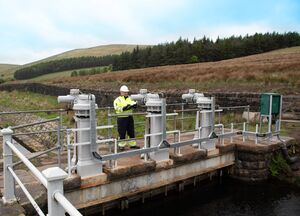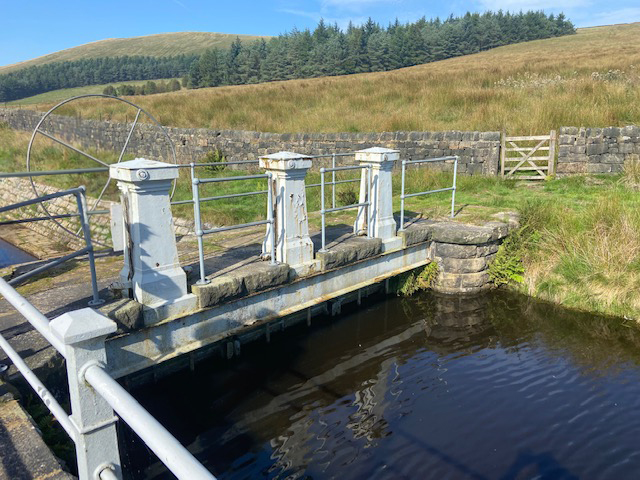
As water regulator Ofwat has cleared the way for an £88 billion investment during AMP8, including a targeted 44% reduction in storm overflow spills, the evolution of industrial infrastructure necessitates either replacing or proactively upgrading legacy systems to meet current standards.
This article delves into a case study involving the automation of century-old flow control penstocks at a UK reservoir, highlighting the critical industry issues of asset obsolescence, manual handling challenges, and the pursuit of enhanced plant reliability and availability.
Asset obsolescence and ageing infrastructure present substantial hurdles for industries reliant on legacy systems. Manual handling of outdated equipment not only poses safety risks but also limits operational reliability and availability.
Ensuring plant reliability and availability is paramount, as any downtime can have far-reaching consequences on production and environmental compliance. Modernising such assets involves careful consideration of whether to repair or replace them, balancing cost implications, production impact, and environmental footprint.
In addressing these industry challenges, Score, the world’s future-focused provider of advanced engineering technology services has been working side-by-side with the UK water industry for over 40 years. The company's expertise in valves and actuation solutions, alongside its $200m+ global inventory, ensures continuous support for valve operations.
Ian Elliott manages electric actuation projects and services for the company from its facility in Brighouse, England. With a career spanning 45 years, he has seen his fair share of actuation and control issues. He said: “When providing complex engineering solutions for the water industry, it's imperative to adopt a holistic and independent approach to select the best product or service for the required duty and specifications.”
During one project, Score worked alongside a contractor and end-user to retrofit and automate 100-year-old manually operated penstocks at a UK reservoir.
The end-user client sought to automate 3 storm overflow penstocks to enable reliable operation during severe weather conditions, minimising the risk of injury associated with manual control. The solution involved an extensive upgrade programme encompassing the design, engineering, manufacture, and installation of new penstock automation solutions, including actuators and gearboxes for the penstocks.

Score engineers designed and calculated the operational requirements and power consumption needed for the 100-year-old penstocks to ensure reliable 24/7 operation. The actuators were then mounted to bevel gearboxes and equipped with vandal-proof covers to prevent unauthorised operation in the remote location. Additionally, the project required the design and installation of power supplies and extensive on-site machining to modify the manual penstocks for automation.
Automation of the penstocks delivered significant benefits, including reliable flood control. The upgraded system enabled the operator to efficiently manage water flow from the upper to the lower reservoir, ensuring maximum reliability and availability. These improvements are vital for maintaining operational stability and meeting environmental legislation.
The modernisation of 100-year-old penstocks underlines the importance of embracing change and leveraging advanced technologies to address industry challenges. When replacement is not the best option, industries can transform legacy systems into efficient, reliable, and future-ready assets, ensuring success, and paving the way for a more resilient and sustainable industrial landscape.


